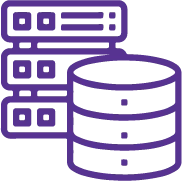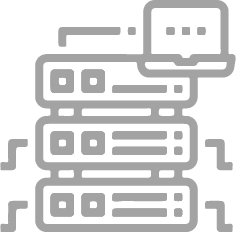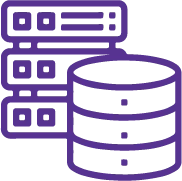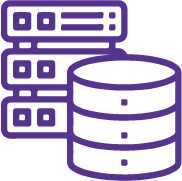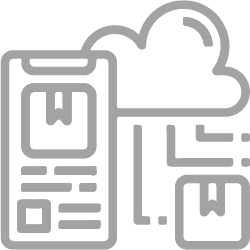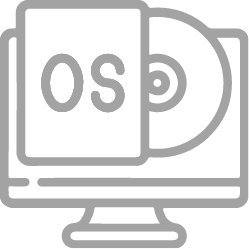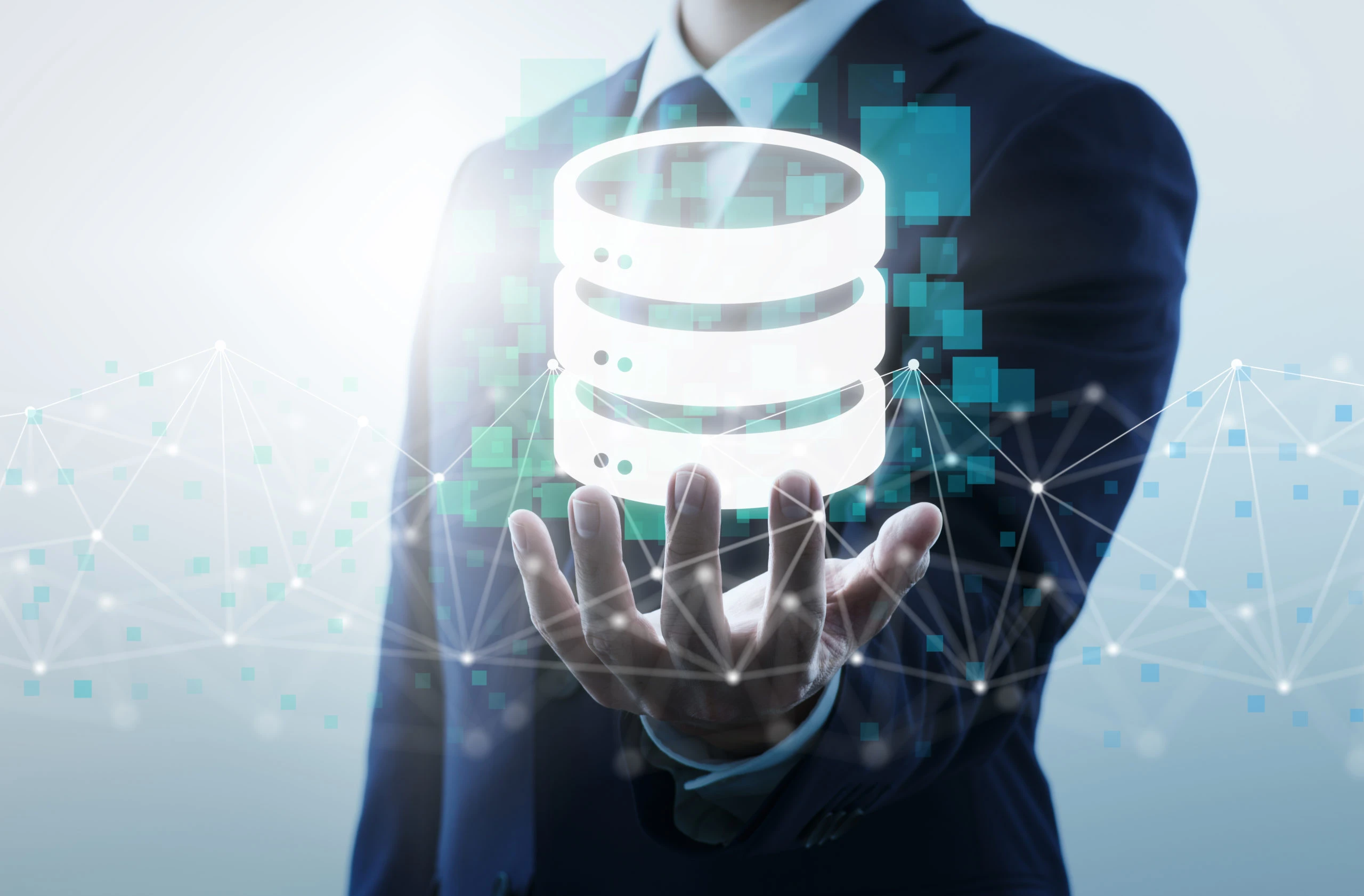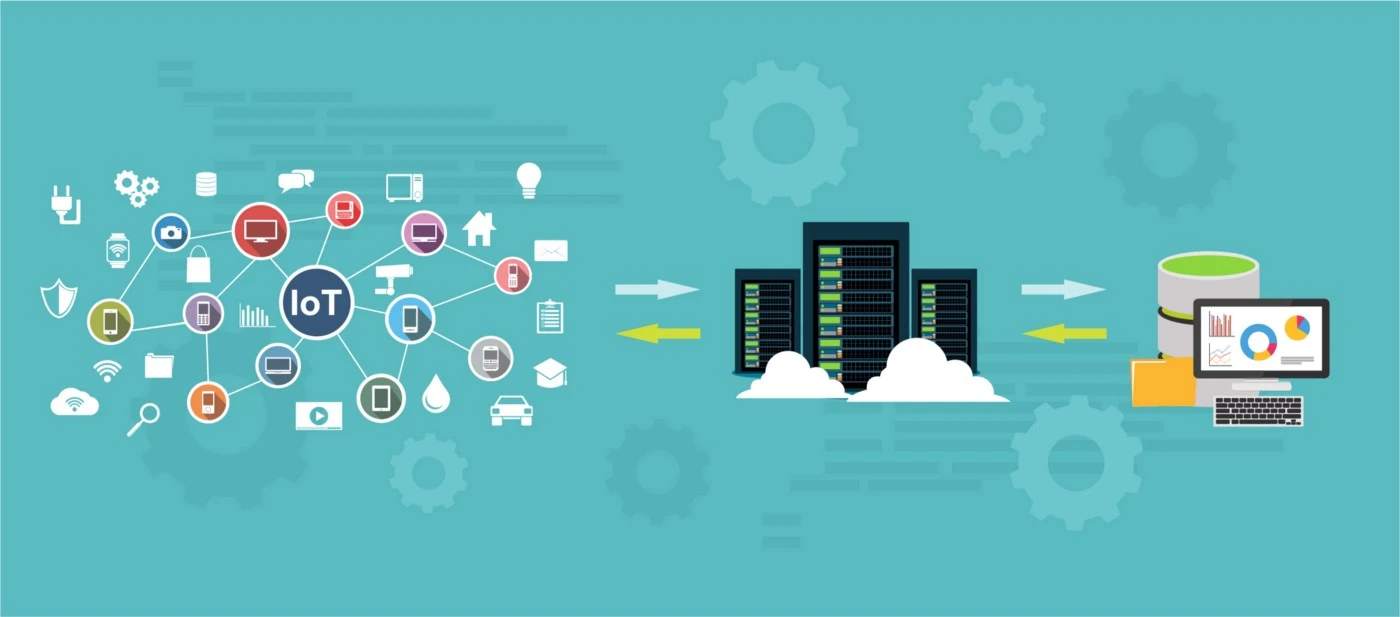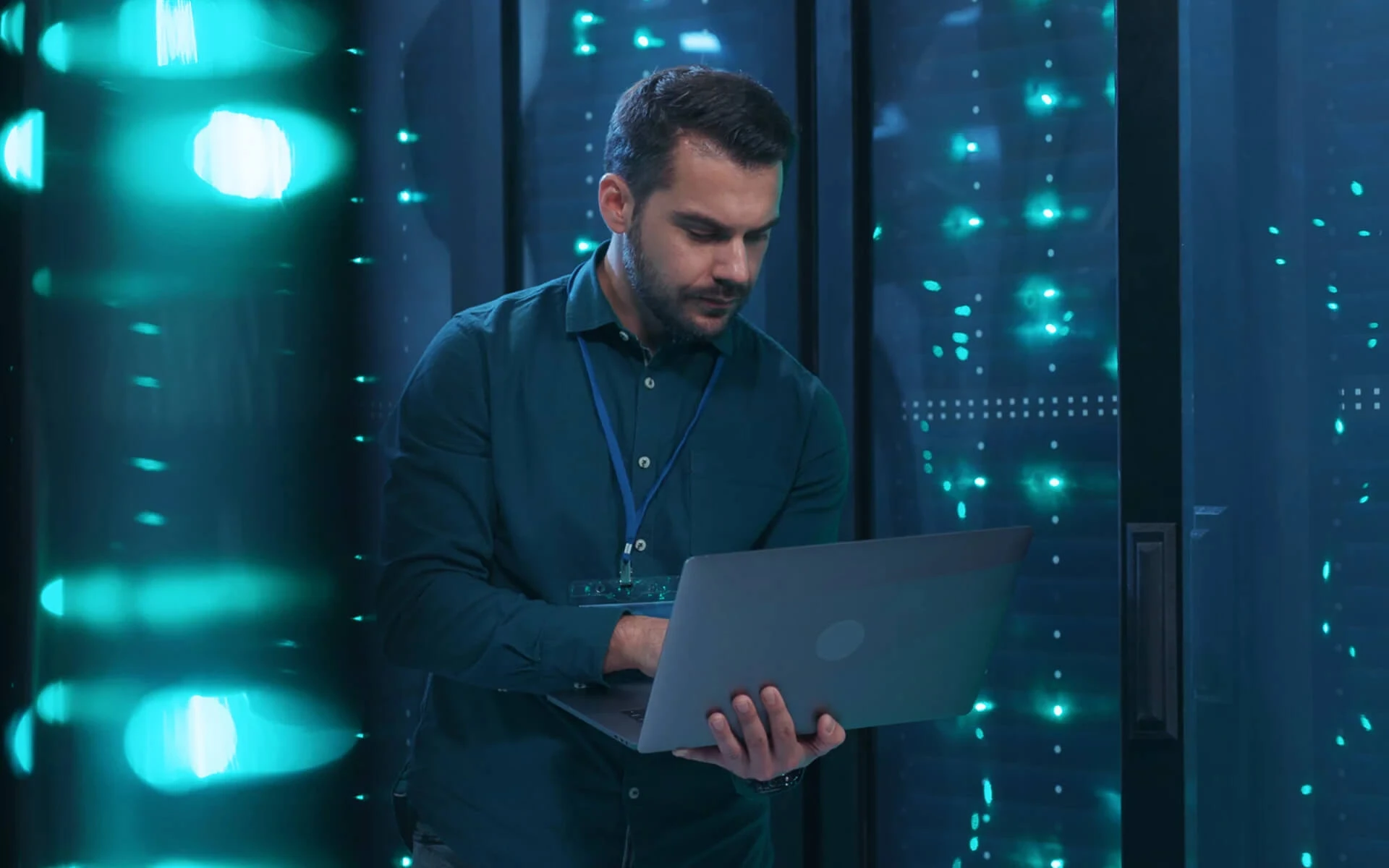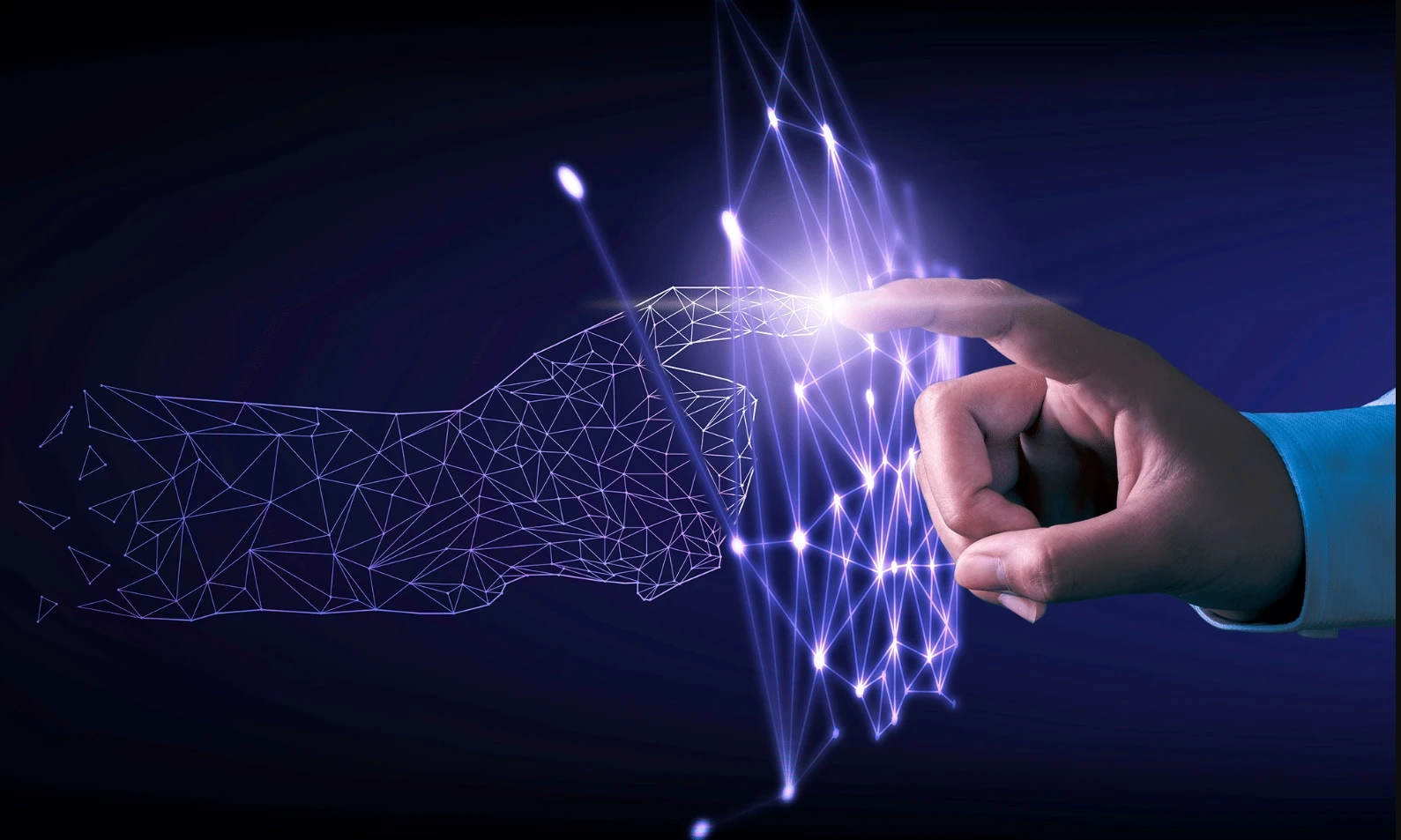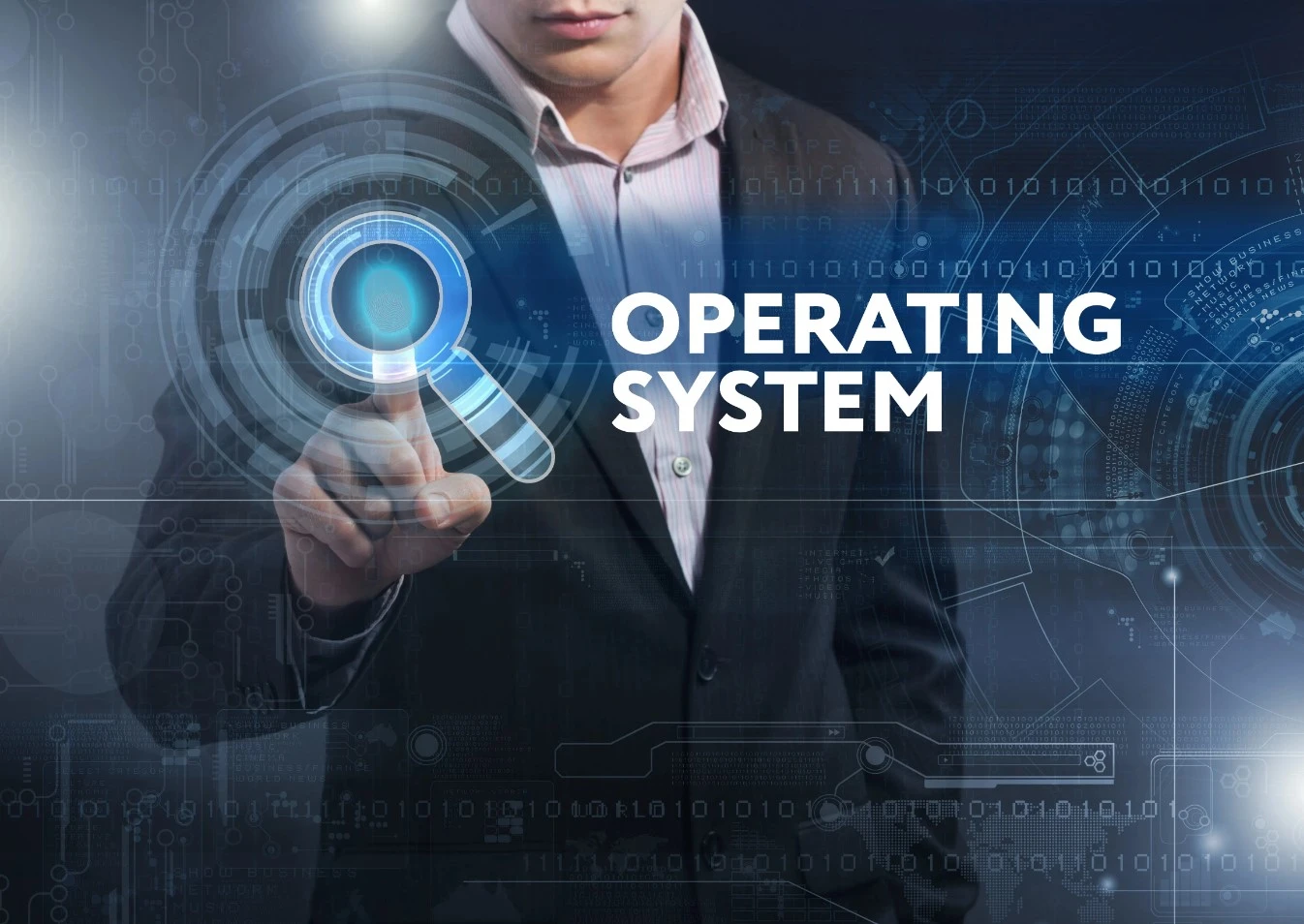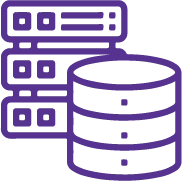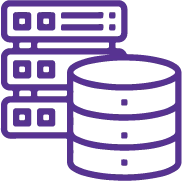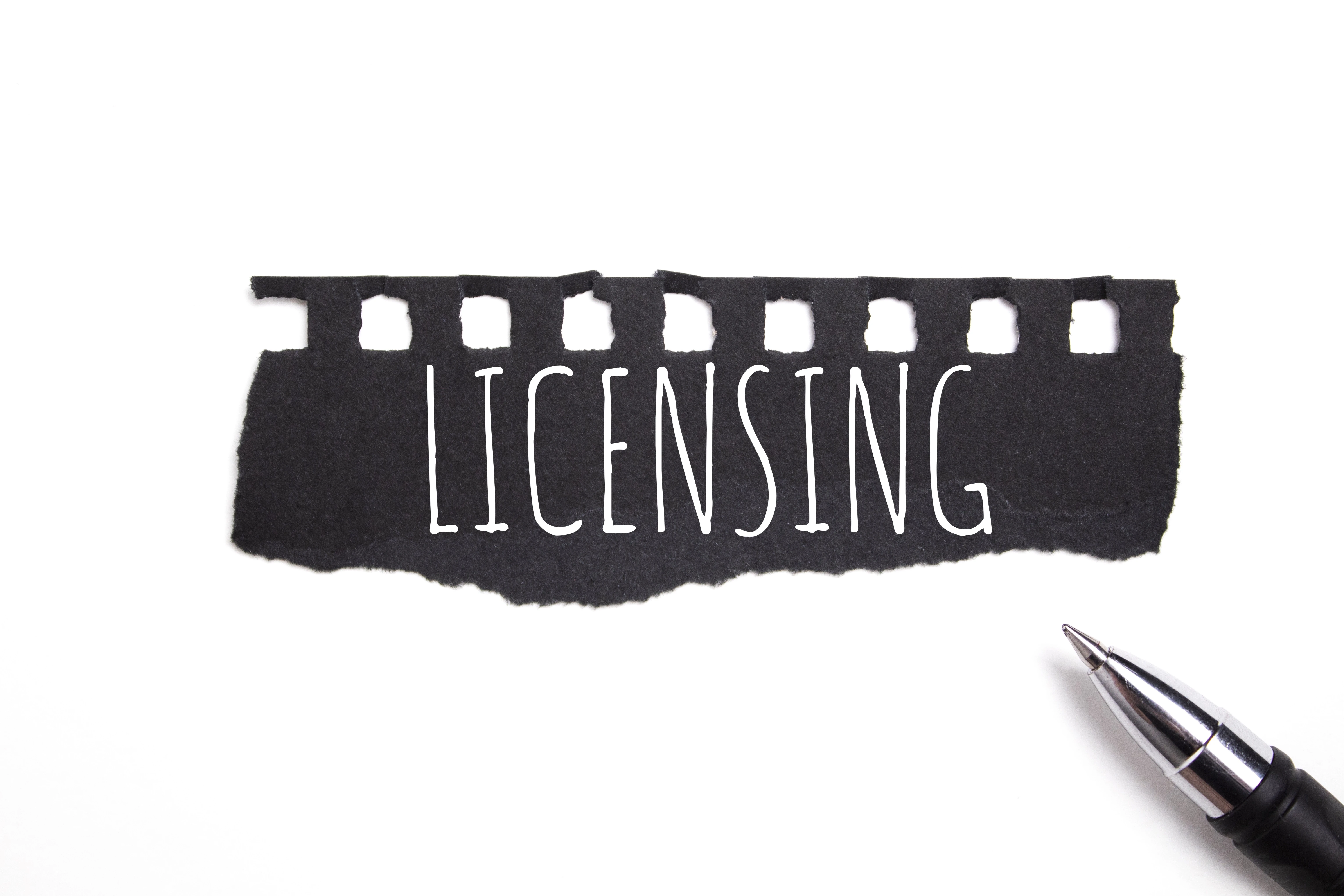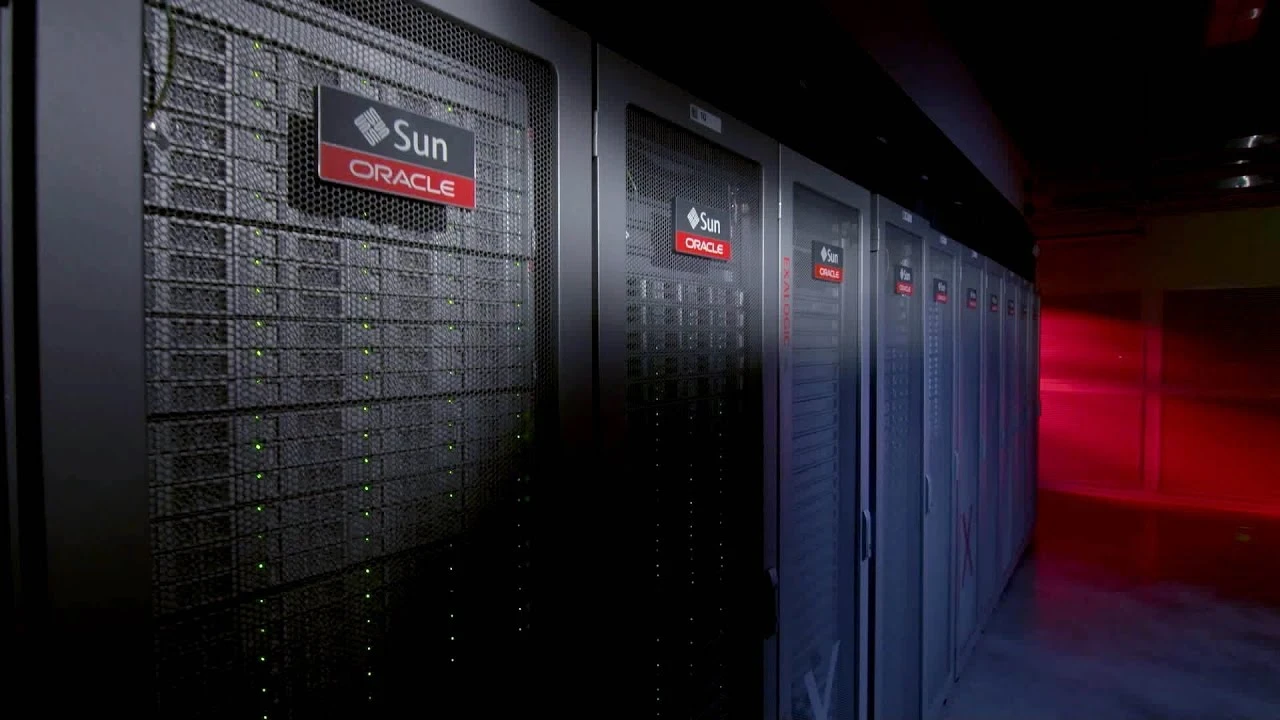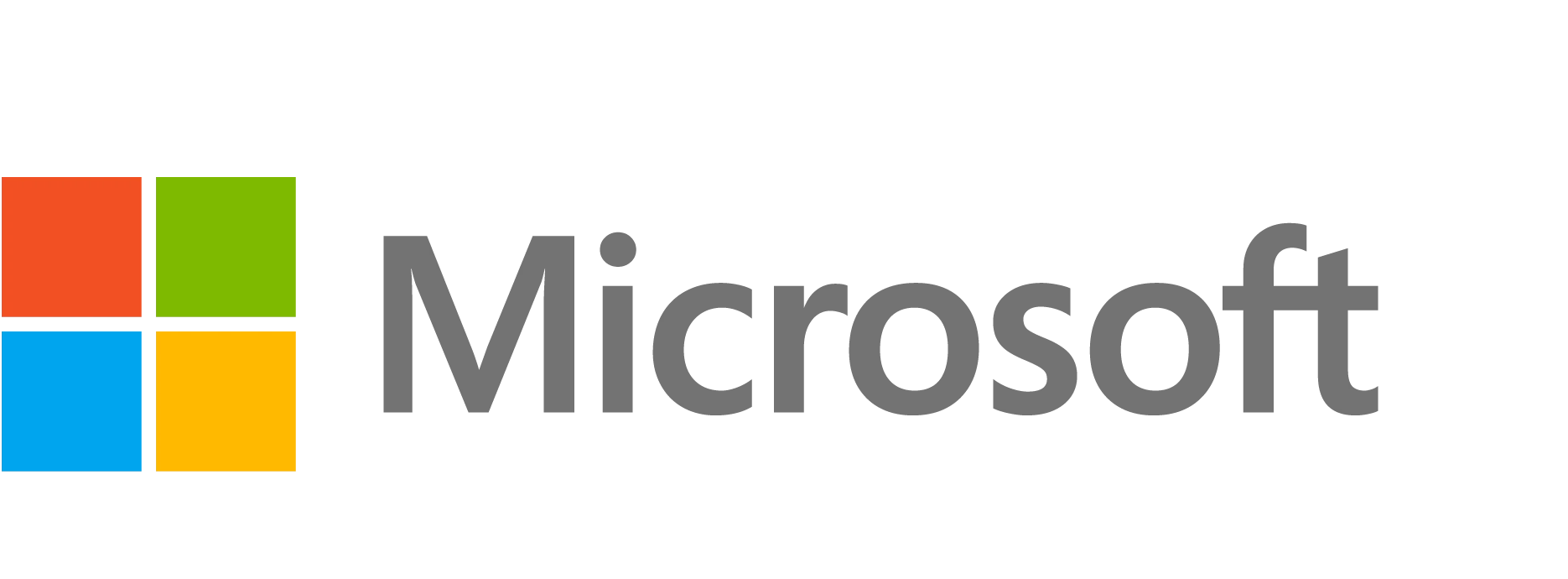This course provides students with the skills and knowledge required to successfully create and maintain the cloud and edge portions of an Azure IoT solution. The course includes full coverage of the core Azure IoT services such as IoT Hub, Device Provisioning Services, Azure Stream Analytics, Time Series Insights, and more. In addition to the focus on Azure PaaS services, the course includes sections on IoT Edge, device management, monitoring and troubleshooting, security concerns, Azure Digital Twins, and Azure IoT Central.
Objectives
Create, configure, and manage an Azure IoT hub.
Provision devices by using IoT Hub and DPS, including provisioning at scale.
Establish secure 2-way communication between devices and IoT Hub.
Implement message processing by using IoT Hub routing and Azure Stream Analytics.
Configure the connection to Time Series Insights and support business integration requirements.
Implement IoT Edge scenarios using marketplace modules and various edge gateway patterns.
Implement IoT Edge scenarios that require developing and deploying custom modules and containers.
Implement device management using device twins and direct methods.
Implement solution monitoring, logging, and diagnostics testing.
Recognize and address security concerns and implement Microsoft Defender for IoT.
Build an Azure Digital Twins solution that integrates upstream and downstream services.
Build an IoT Solution by using Azure IoT Central and recognize SaaS opportunities for IoT.
Audience
The Azure IoT Developer is responsible for the implementation and the coding required to create and maintain the cloud and edge portion of an IoT solution. In addition to configuring and maintaining devices by using Azure IoT services and other Microsoft tools, the IoT Developer also sets up the physical devices and is responsible for maintaining the devices throughout the life cycle. The IoT Developer implements designs for IoT solutions, including device topology, connectivity, debugging and security. For Edge device scenarios, the IoT Developer also deploys compute/containers and configures device networking, which could include various edge gateway implementations. The IoT Developer implements designs for solutions to manage data pipelines, including monitoring and data transformation as it relates to IoT. The IoT Developer works with data engineers and other stakeholders to ensure successful business integration. IoT Developers should have a good understanding of Azure services, including data storage options, data analysis, data processing, and the Azure IoT PaaS versus SaaS options. IoT Developers should have basic programming skills in at least one Azure-supported language, including C#, Node.js, C, Python, or Java.
Topics
Introduction to IoT and Azure IoT Services
Devices and Device Communication
Device Provisioning at Scale
Message Processing and Analytics
Insights and Business Integration
Azure IoT Edge Deployment Process
Azure IoT Edge Modules and Containers
Device Management
Solution Testing, Diagnostics, and Logging
Azure Security Center and IoT Security Considerations
Build an IoT Solution with IoT Central
